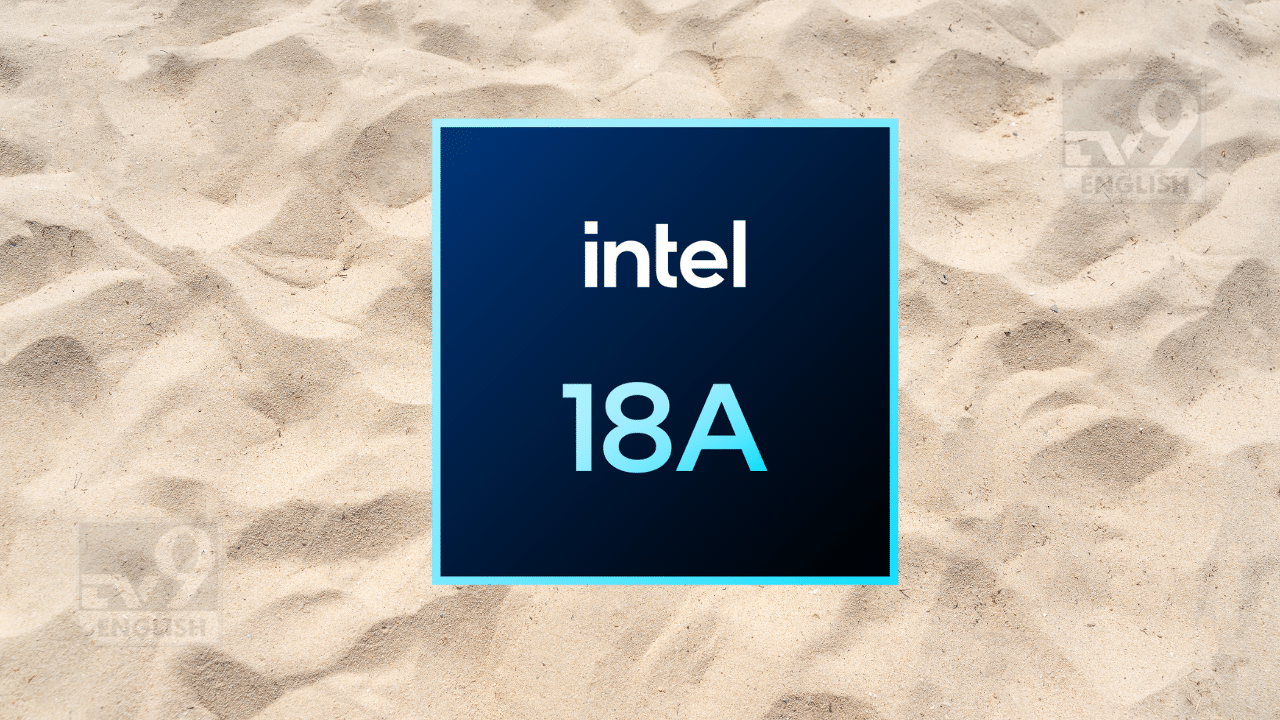New Delhi: Intel’s new boss Lip-Bu Tan is reportedly mulling over a major shake-up in how the chip giant handles its foundry business. According to sources quoted by Reuters, Tan is weighing a move to stop offering its expensive 18A manufacturing process to outside clients, a big shift from the previous leadership’s roadmap.
Since stepping in as CEO in March 2025, Tan has been moving quickly. He’s cutting costs and rethinking strategy to bring Intel back on track after years of setbacks. One of the big internal debates now, according to people familiar with the matter, is whether the 18A process still makes business sense for external sales, given its rising costs and lukewarm market response.
Intel may write off billions in chip tech
The 18A process was once Intel’s big bet to compete with Taiwan’s TSMC. It introduced a new transistor design and a unique power delivery method. But it came with a heavy bill. Sources say dropping 18A could mean writing off hundreds of millions, or even billions, of dollars.
A source told Reuters that Tan started raising concerns about 18A’s appeal to clients as early as June. Intel said its main customer for 18A was always itself and plans to use the process in its upcoming Panther Lake laptop chips, expected to ramp up production later in 2025. The company called them “the most advanced processors ever designed and manufactured in the United States.”
Still, Intel’s real growth depends on attracting external clients to its foundry. That’s where the problem lies. As 18A stumbled, TSMC moved ahead with its N2 process, keeping clients like Apple and Nvidia happy. Now, Tan seems to be betting on a newer 14A process, which Intel believes can give it a real edge.
Board discussions on 18A may stretch into autumn
Tan has asked his team to prepare options for the board, which might meet as early as this month. One key idea on the table is to stop pushing 18A to new clients altogether. But the board could take more time, possibly until the autumn, before deciding.
Even if the company pulls back from promoting 18A, it will still use it for internal chip projects already under development. Some smaller volume commitments, like those made to Amazon and Microsoft, will also be fulfilled using 18A. Intel confirmed that it “will deliver on its customer commitments.”
Both Amazon and Microsoft have yet to comment publicly on the matter.
Focus shifts to 14A, hoping to lure back Apple, Nvidia
Industry watchers say that if Intel redirects its resources to 14A, it might stand a better chance of winning big clients. The 14A process is being tailored for specific customer needs, something Intel hopes will help it claw back lost ground.
For Tan, the move could define his early tenure. So far, he has shaken up management and brought in new engineers to replace what he saw as a sluggish middle layer. But this potential shift away from 18A would be one of the boldest decisions yet.
In 2024, Intel reported a net loss of $18.8 billion, its first unprofitable year since 1986. Fixing that slide won’t be easy. But if Tan’s changes help bring clients like Apple or Nvidia to the table, Intel could finally be back in the race.
Intel declined to comment on “rumor” but said in a statement, “Lip-Bu and the executive team are committed to strengthening our roadmap, building trust with our customers, and improving our financial position for the future. We have identified clear areas of focus and will take actions needed to turn the business around.”
